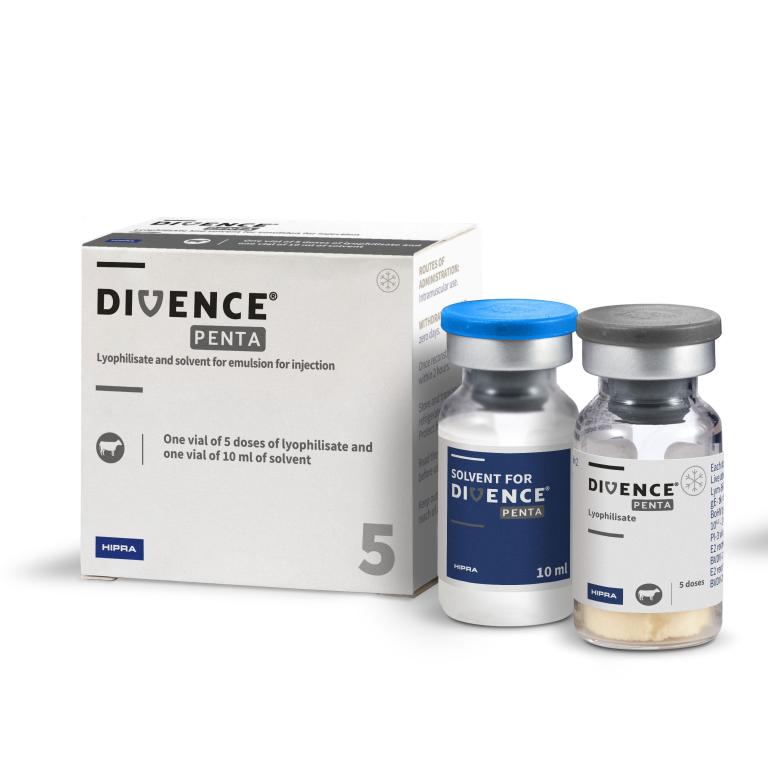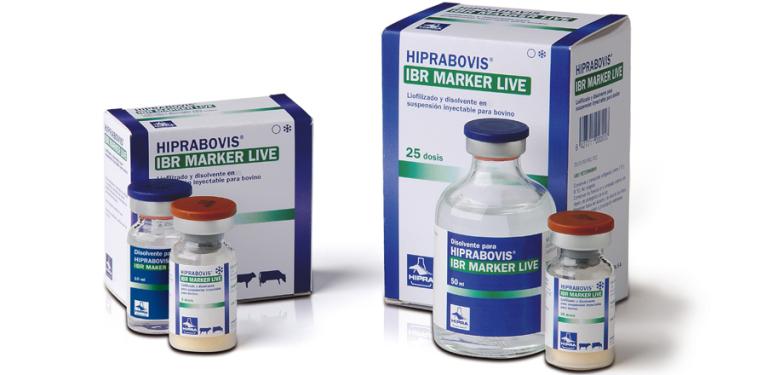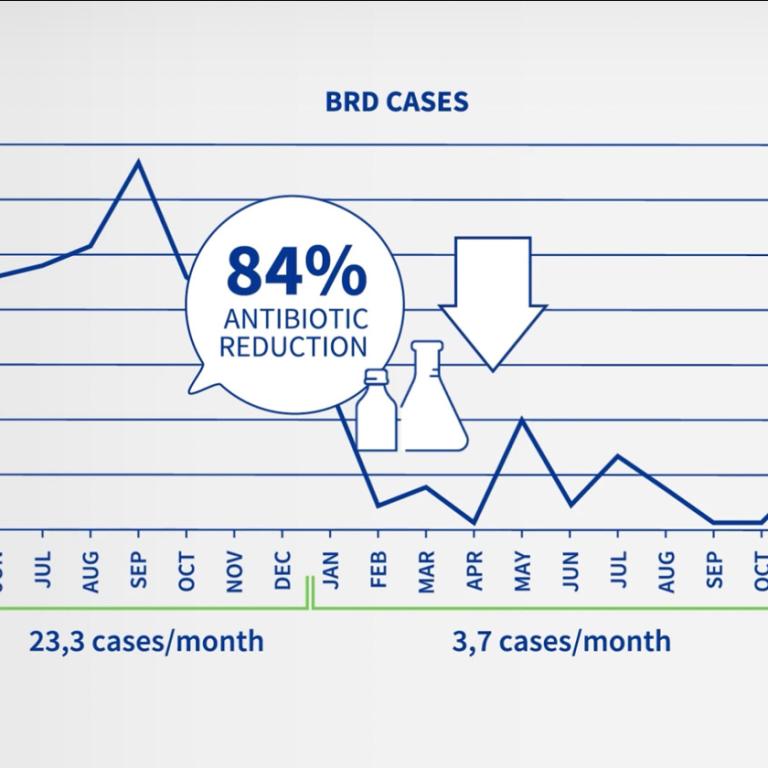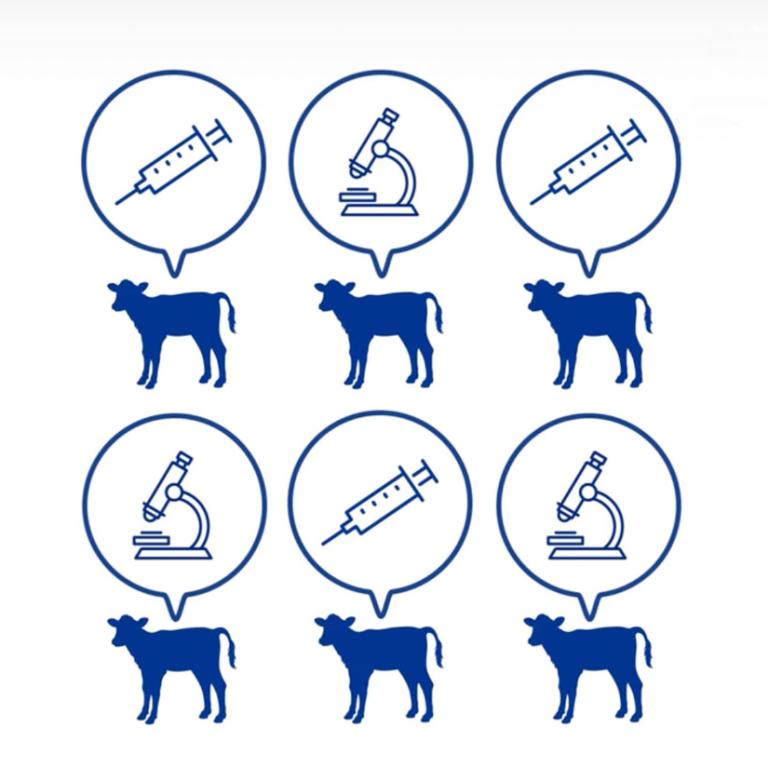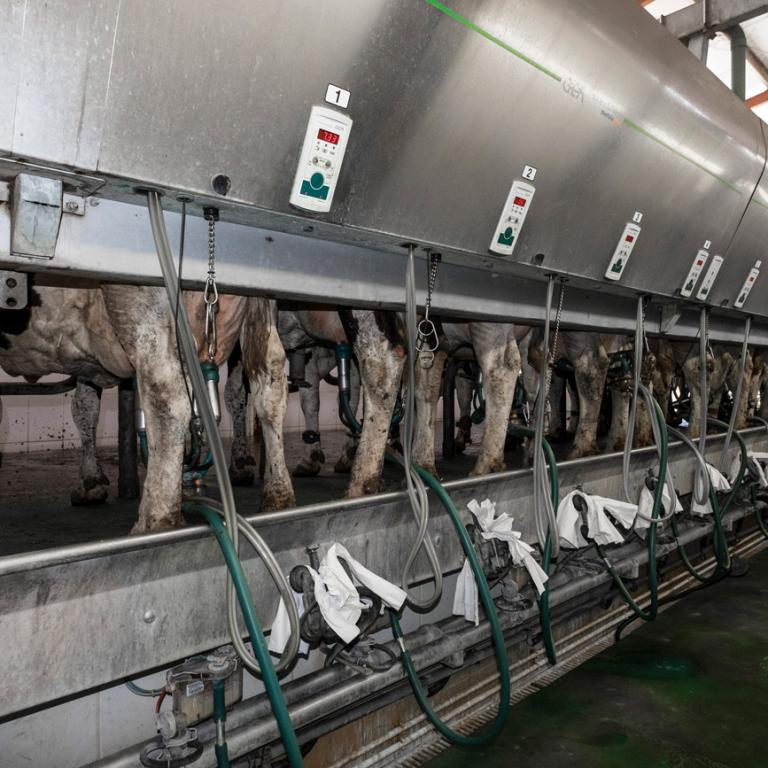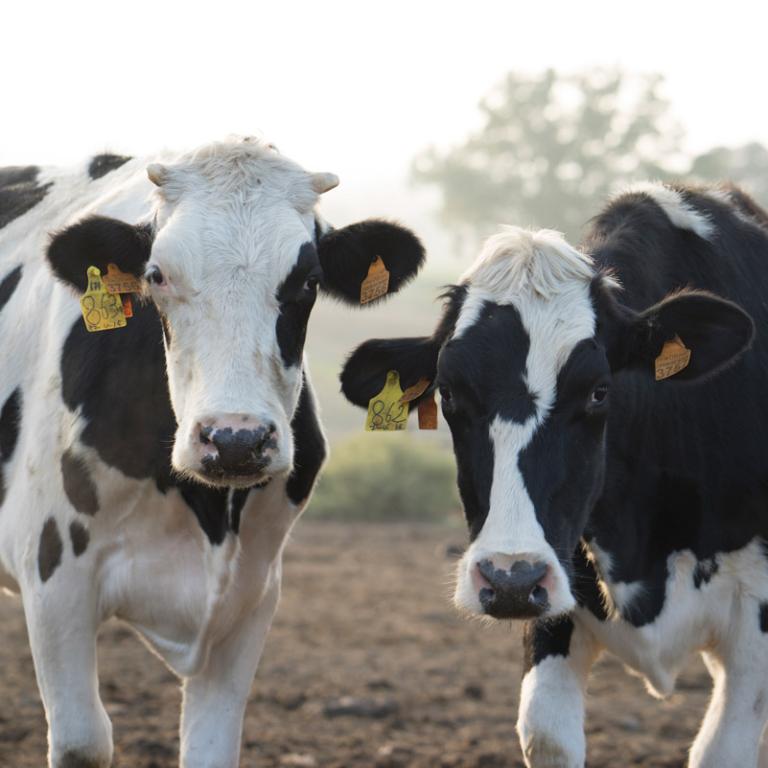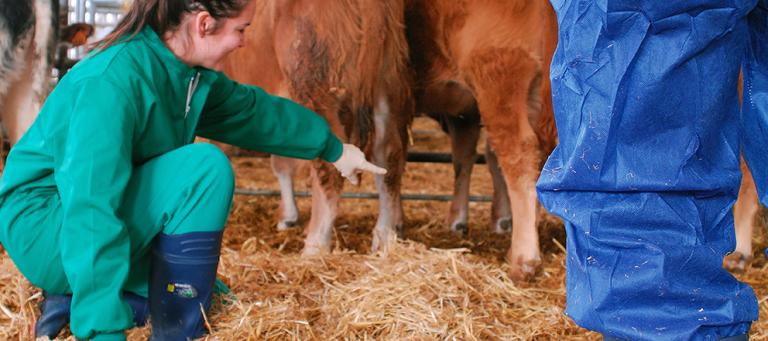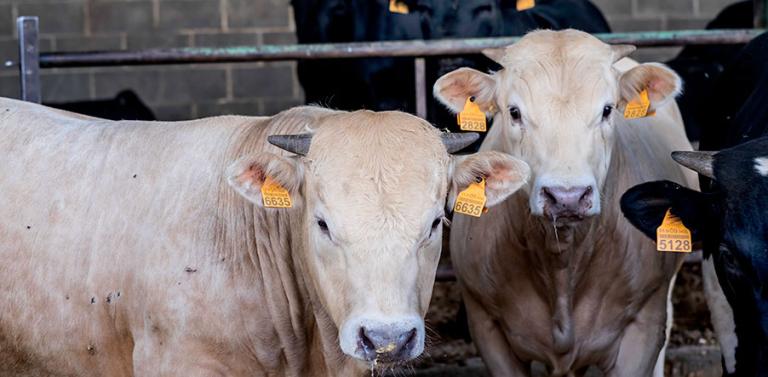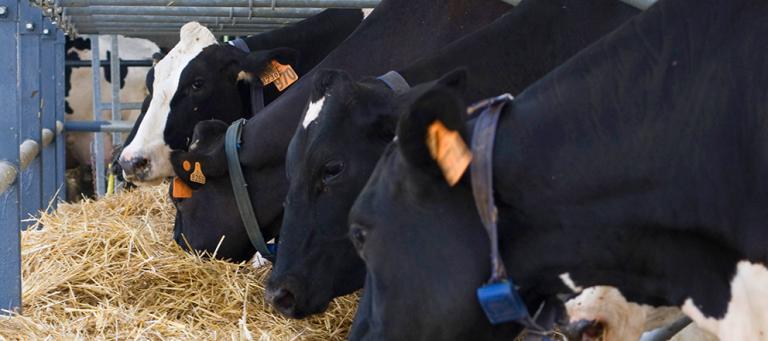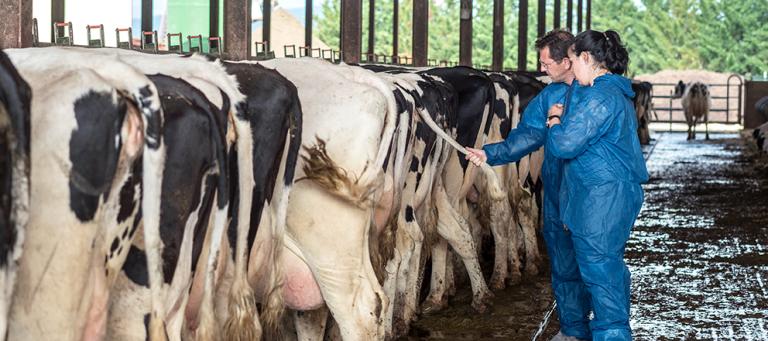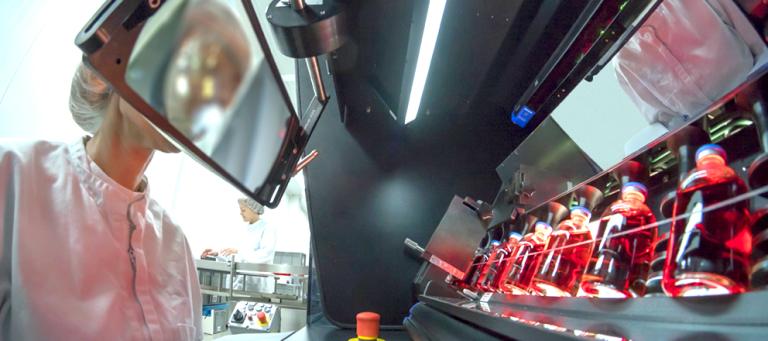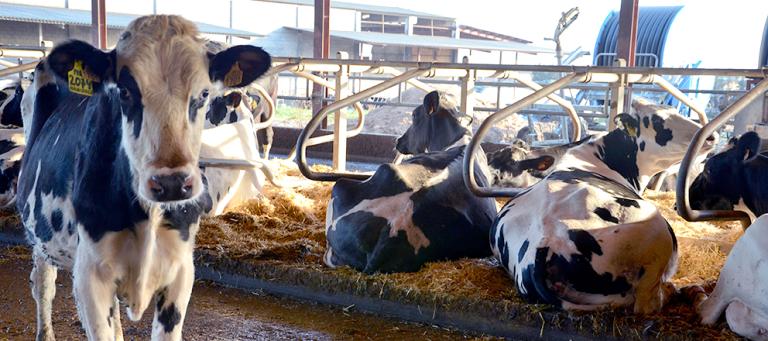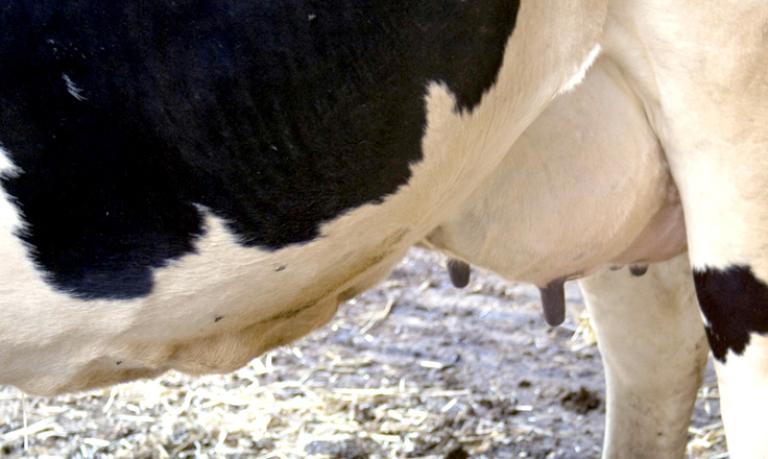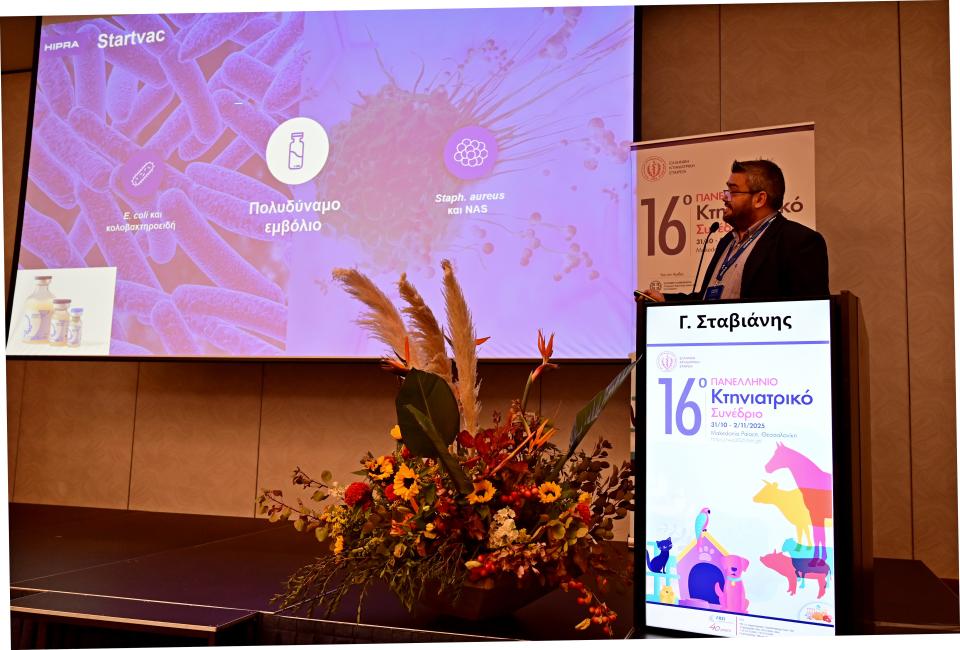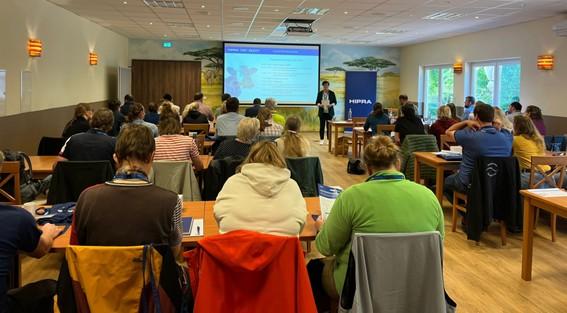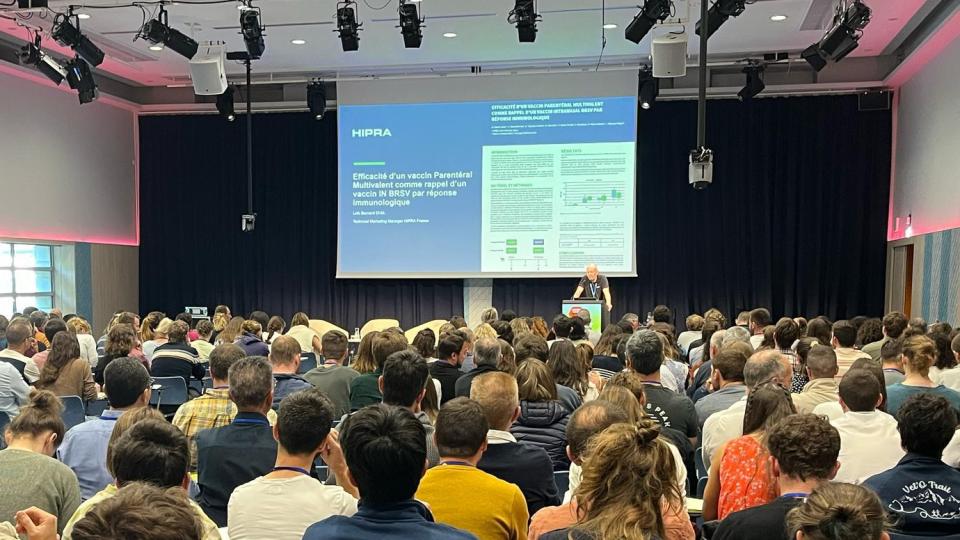IBR is a disease which appears to be partially controlled in some areas of the country, however, not seeing clinical symptoms does not mean that there is no IBR on farms.
It is quite normal to have farms with animals infected with IBR without showing any signs of the disease, even though the virus is circulating freely and infecting new animals.

To achieve effective vaccination against IBR, factors such as the type of vaccine and the protocol used are crucial.
Given this situation, it cannot be said that the disease is under control.
How do we get win the war against IBR?
- Identification of the prevalence: Knowledge of the current situation regarding the disease on the farms that we run enables us to take appropriate decisions. Without knowing the epidemiological status, it is impossible to achieve success in our plan for the control of IBR.
- Biosecurity: Establishment of biosecurity measures that prevent the entry of the virus from the outside, but also prevent infection from animals that are already present on the farm.
- Vaccination: is an essential tool for the control of the disease. There are 2 objectives when a herd is vaccinated; prevention of the disease itself and prevention of the re-excretion of the virus in positive or recently infected animals. Vaccination plans should fulfil both objectives.
Is it possible to prevent the circulation of the virus in field situations?
The case was that of a farm in the north east of Spain with around 600 milking cows, with no contact with animals from other herds and which had been declared IBR-free.
Although there is rearing on the same farm as the milking cows, there is no direct contact, so that infections from the different groups are avoided.
The vaccination plan against IBR was carried out with live marker vaccine administered for the first time to heifers aged 13-14 months just before the first insemination, together with a trivalent vaccine against BVD, PI-3 and BRSV (live).
After this, revaccination of the herd was carried out every 6 months with both vaccines, the protocol used in countries where IBR is under control.
At the start of 2016, calves about 3 months old suffered an outbreak of pneumonia in 2 groups, with 30 animals in each, which had inadvertently not been vaccinated against BRSV, Mannheimia haemolytica and Histophilus Somni.
How was the source of the problem identified?
In view of the symptoms, the veterinarian decided to take 2 types of samples:
- Nasal swabs: the objective was to see the excretion of any circulating virus.
. - Serology: to identify the circulation of the BVD, BRSV and IBR viruses by ELISA test.
The results confirmed that the animals were suffering from a clinical outbreak of BRSV and IBR. Approximately 50% of the animals in the group were suffering from IBR infection.
What was the source of the outbreak of IBR?
The entry of the virus was attributed to a possible contact with animals from other farms which were transported in the lorry that collected the males to be taken for fattening.
The lorry entered the zone where the young animals were kept, infecting that group, as a result of a failure of biosecurity on the farm.
How was the problem of renewed IBR positivity solved?
In view of the situation, with young animals which were positive for IBR and the possibility of healthy animals being infected, the decision was taken to start a more aggressive vaccination plan.
Vaccination from 3 months of age with 2 doses in the primary vaccination, which ensured an excellent immune response, and then revaccination every 6 months to promote inhibition of the circulation of the virus.
The biosecurity measures were improved, with entry of the vehicle collecting the males into the zone where the animals are kept being prohibited.
What was the outcome of these measures?
In order to evaluate the efficacy of the measures taken, blood samples were taken in November 2017 and 2018 to analyse the circulation of the virus.

Table 1: Results of serology tests - Nov. 2017
The results of the serology tests were highly significant in terms of the efficacy of the vaccination and of the protocol used on the farm.
The results in 2017 showed clear positivity in the first lactation cows, which corresponded to the calves which were infected at the start of 2016. (Table 1)
The samples taken a year later again demonstrated the non-infection of new animals on the farm. In this case, the majority of the infected animals were second lactation cows, possibly the same animals that were infected in 2016.

Table 2. Results of serology tests, Nov 2018
Can we control circulation with plans for vaccination every 6 months?
This field experience confirms that IBR can be controlled with stable biosecurity measures and six-monthly vaccination plans with a live vaccine.


